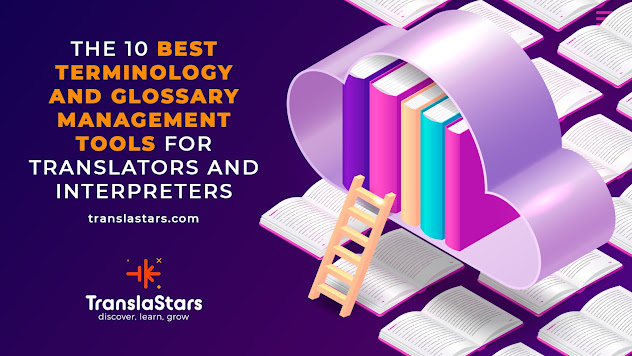Why are women still lost in translation?
Why are women still lost in translation?
I first learned of this perplexing statistic back in early
February while tuning into a #LocFromHome session from the comfort of my home
office and decided to do a little extra digging.
What do the statistics say?
Having worked in the translation field for a little over half
a decade, I’ve come to realize that the industry is one of very few in which
women continue to dominate. To give you some idea of the actual figures, it’s
claimed that around 67% of EU translators and interpreters are female.
Now, of course, there’s no denying that all this is
extremely impressive, especially when compared to other industries. Yet, while
the raw data indicates that women continue to outnumber their male counterparts,
the fact is women remain underrepresented at board room level.
And unfortunately, the disheartening statistics don’t end
there. If we turn our attention to the painstaking field of literary
translation, the work of women continues to go largely unsung, with just three female
translators having claimed the coveted PEN Translation Prize over the course of
the last twenty years.
I did begin to wonder whether the trailblazing Constance
Garnett, who is near-singularly responsible for introducing English-speaking
audiences to the Russian classics, was better appreciated in her time than her modern-day
counterparts.
Though that might be a slight exaggeration, what does seem apparent
is that while women may make up a significant proportion of the language
service industry’s stakeholders, they’re still far from being at the forefront
of the industry.
New figures from Nimdzi reveal that while the percentage of
women-run companies in the language industry is above average compared with
other sectors, there are still no female CEOs among the top 10 largest
companies in the industry.
What can we do?
It's clear that the topic needs to be explored on a far deeper
level in order to truly understand what this means for the industry as a whole. However,
it's clear that there's still a lot of work to be done. So, the big question is,
what can we do to elevate women in translation and localization?
“It’s a matter of focusing on women you see as having
potential, thinking about how you can help them grow in their careers, and
taking them under your wing,” argues Carrie Fischer, Manager of Globalization Services
at Subway.
These actions don’t necessarily need to take place in a
corporate, face-to-face setting either. With a number of online mentoring initiatives
now available for young women striving to make a name for themselves in our
industry, there’s no doubt that there are ample resources available.
The Women in Localization mentorship program is arguably one
of the best known in the industry. Here, experienced professionals are paired
with those seeking career guidance in order build meaningful connections and
exchanging knowledge.
While I may not be officially classed as a mentor, it’s my hope that the courses and webinars I create as part of my role at TranslaStars, will help to motivate, inspire, and empower women to achieve their professional ambitions.
Now it’s over to you. What can you do to elevate women in the translation and localization industry?
If you want to know more about translation, visit our
website TranslaStars.com and discover our courses, get to know our
collaborators, and much more.
Fancy supporting one of our very own female entrepreneurs? Check out Kelly O'Donovan's fantastic subtitling course which is packed with industry tips and tricks.
Written by Helen Hadley for TranslaStars.









Comments
Post a Comment